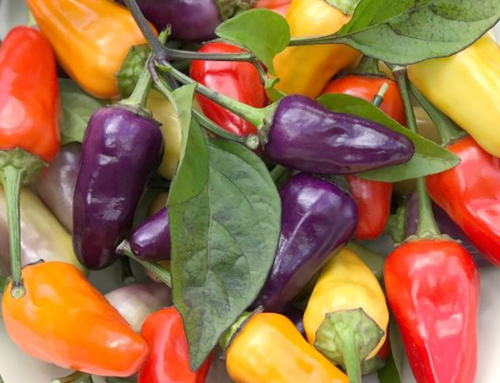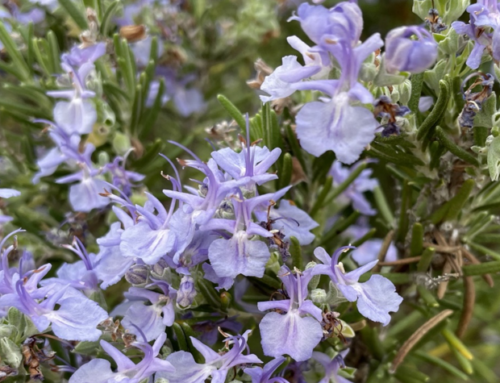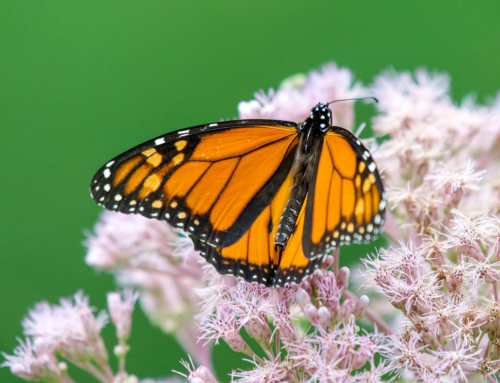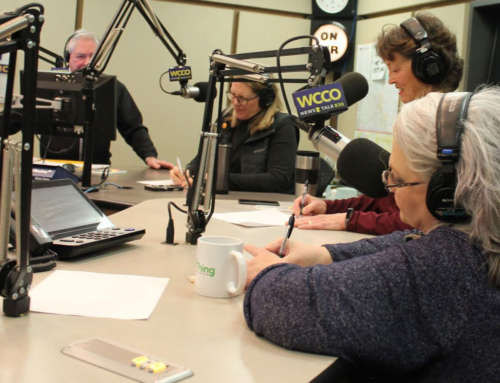Sometimes I dream of living in South Florida. If I lived on Sanibel Island, I could just start my seeds outdoors in mid-March to early April, and water them once or twice a day. I wouldn’t need to bring them indoors at night because it does not get below 60 degrees.
Well, I don’t live in Paradise, and I usually start most of my vegetable seeds indoors using one warm and one cool white fluorescent bulb for light, heat pads for warmth, and fans to provide air movement. Before I can move my prized possessions to their final resting spot in my garden, I need to “harden-off” the tender plants.
This is a gradual process that involves putting the plants outside for ever increasing lengths of time, and then bringing them back inside. Depending on our weather, the entire process usually takes about two weeks. Hardening-off allows the plants to slowly acclimate themselves to cooler temperatures than they have lived in during their early germination and growth. It also allows them to gradually get used to the sun and wind. If we don’t harden off our plants before transplanting, they may turn white, wilt, or worse case, die.
To harden off your vegetables start the process for a short period of time, about an hour, for the first day or so. Then gradually increase the time that they spend outside over two weeks until they spend the entire day outside. For me the hard part of the process is remembering to bring the plants back into their inside environment at the end of each day’s allotted outdoor time. If the day’s temperatures aren’t in the 50’s, I don’t even waste my time. Sixties are even better. Warm weather vegetables like tomatoes and peppers react very negatively when temperatures are below 45 F.
Start the hardening off process by putting the plants outside for a bit in the afternoon when it is warmer. Select a location that is protected from the wind. Each day gradually increase their exposure to the outdoors. After two weeks, and assuming that all danger of frost and cool temperatures are over, and soil temperatures are at least in the high 50’s go ahead and transplant your warm season vegetables into your garden.
Some folks use cold frames that they build or purchase in the hardening-off process. Cold frames typically have some type of lid that can be opened during the day, and closed at night to protect the plants from freezing. My problem with these or even row covers (heavy plastic using hoops for support) that can be mounted over the row is that if the temperatures get really cold at night the plants, especially warm season vegetables, may be set back in their development.
Now for the best part. Once your plants are hardened-off, it is time to transplant. For me, that’s when the fun really begins.
By Dale Longfellow, Hennepin County Master Gardener




